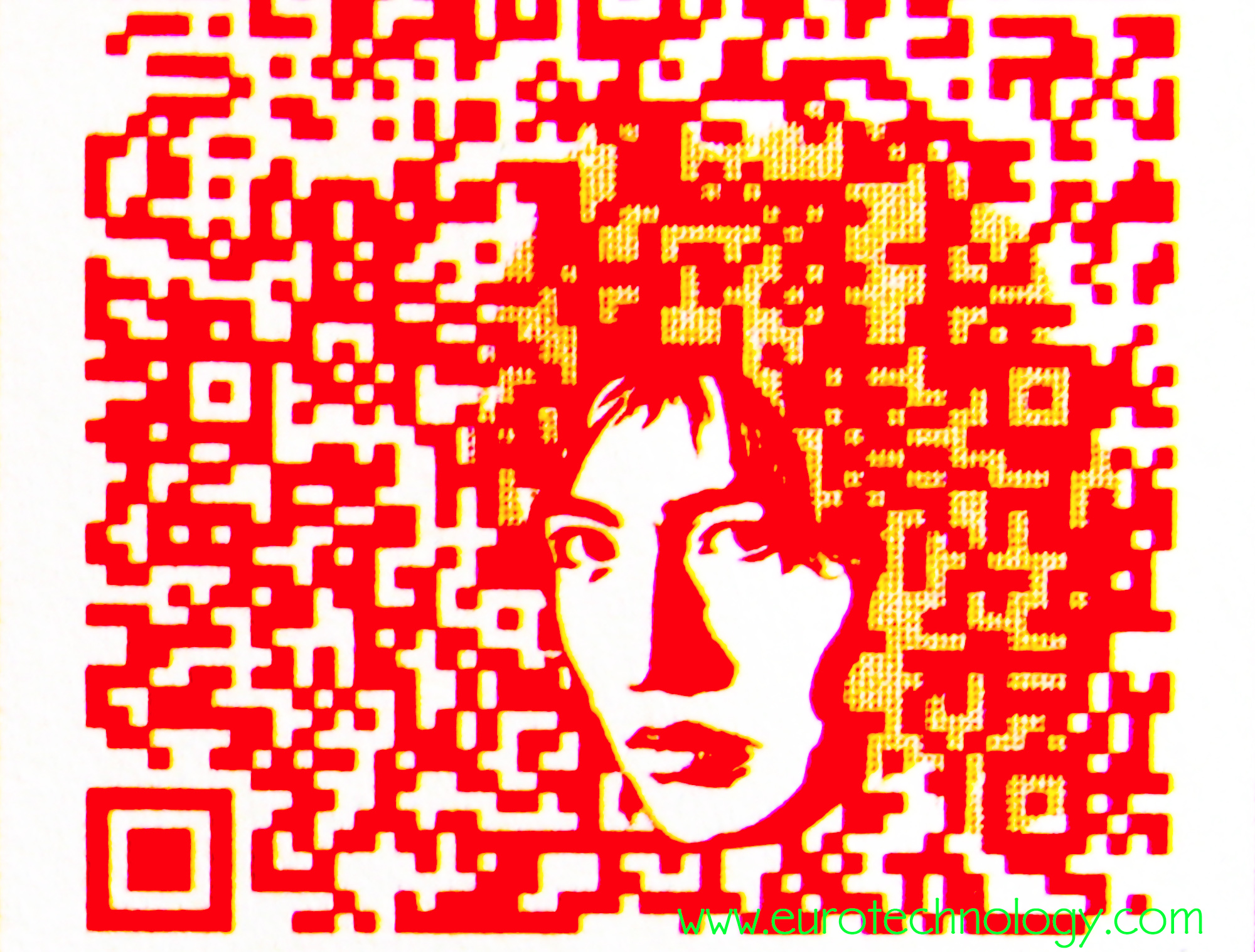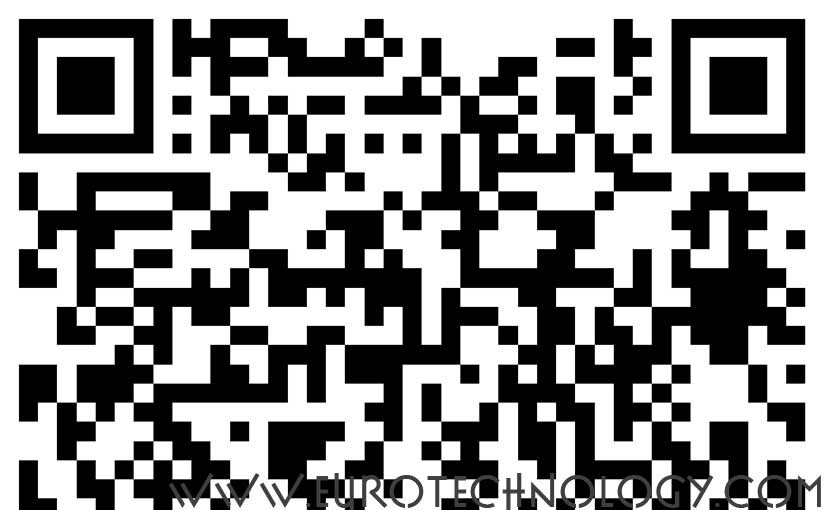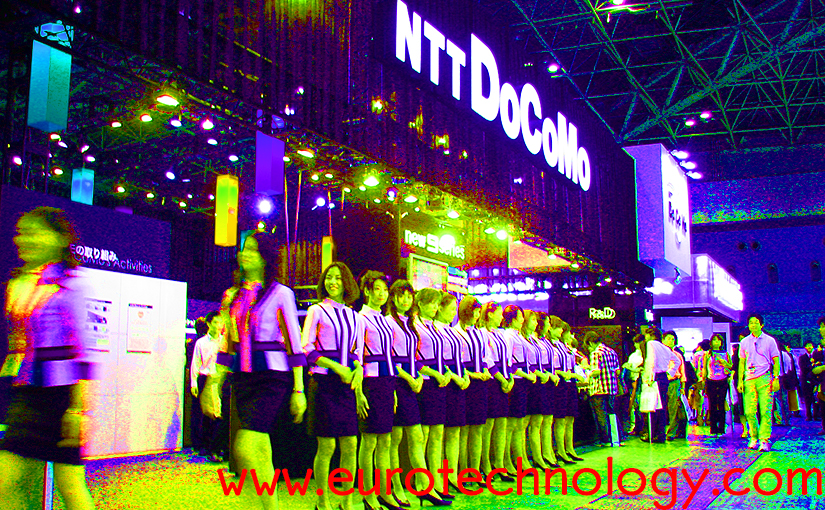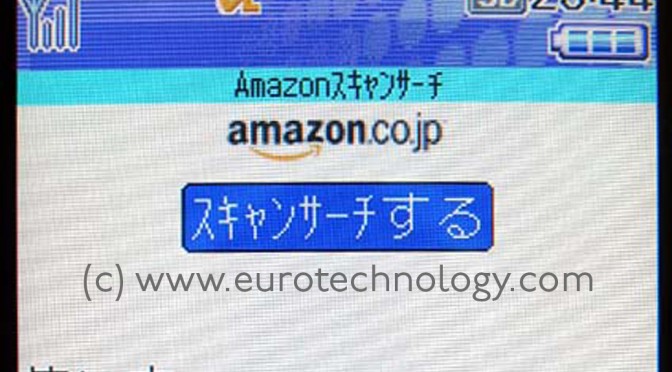Category: QR codes
-

When did qr-codes start on mobile phones? (in August 2002)
qr-codes were developed by Toyota subsidiary denso-wave When did qr-codes start on mobile phones: First mobile phone with qr-code reader was the J-SH09 by SHARP for Japanese mobile operator J-Phone When did qr-codes for mobile phones start in Japan? Here is the answer: the first mobile phone with qr-code reader was the J-SH09 produced by…
-
Top 10 mobile trends for 2009
Answering the question “Top 10 mobile trends for 2009: what would you choose?” We answer from our perspective here in Tokyo: Mobile payments and wallet phonessee our mobile payment report GPS and location based services (LBS) such as navigation and mapping see our location based services (LBS) report Mobile search including location related search QR…
-
SuiPo – linking posters to mobile phones and IC cards
JR-East introduced SuiPo (Suica Poster). People who want to participate need to register and link their plastic SUICA card, or their mobile SUICA (wallet phone with installed SUICA application) with a registered mobile or PC email address. Whenever a registered participants touches the SUICA reader/writer on the side of a poster, links to a campaign…
-

Mickey mouse and Disneychannel use QR-Codes
Disneychannel places advertisements with huge QR-code on Tokyo’s roofs. People passing by point their mobile phones at Mickey’s QR-code, and the mobile phone takes them to Disneychannel’s mobile site. QR codes were developed in the 1990s by Toyota affiliate Denso-Wave to manage car parts – today they are by far the best way to link…
-
European Central Bank (ECB) uses QR-codes
QR codes were developed in the 1990s to manage car parts – today they are by far the best way to link mobile phones to almost anything. In many applications QR codes are cheaper, easier, more flexible and more secure than RFID and NFC. The European Central Bank (based in Frankfurt) manages the EURO, is…
-

Customized QR code using in-built redundancy to display color and embedded graphics
QR codes in color and with embedded graphics using in-built redundancy by Gerhard Fasol QR codes for mobile phones started in Japan in August 2002 QR codes have been developed around 1994 by Toyota subsidiary Denso Wave – about 20 years ago- for car parts management at Toyota’s factories, and the first applications of QR…
-

Mobile marketing with QR-code
QR codes (QR = “quick response”) have a lot more capacity than conventional bar codes: Marketing i-Pod-nano with QR-code: QR-code takes you directly to the mobile Apple store to buy your i-Pod-nano here and now on the road (read a detailed description of the Apple i-Pod QR-code campaign in our QR-Code report): More about:– QR-codes…
-
QR codes everywhere
QR codes are everywhere in Tokyo – they have become probably one of the most important input tools for mobile phones… We published our brand-new QR code report today Copyright·©1997-2013 ·Eurotechnology Japan KK·All Rights Reserved·
-

QR-codes everywhere…
QR-codes (QR =Quick Response) seem to be everywhere. Amazon.co.jp has an i-Appli, which reads the ISBN from the barcode on the back of a book and takes you directly to the Amazon.co.jp i-mode site to order the book instead of buying it in the bookshop. People in the mobile industry have QR-codes on their business…
-

Wireless Japan 2004 exhibition (Tokyo, July 21-23, 2004)
FeliCa mobile payment wallet phones at the centre of attention by Gerhard Fasol Wireless, mobile phone industry trends years before they reach outside Japan Every year the Wireless Japan sets global trends in wireless communications and mobile phones. Mobile phone industry professionals cannot afford to miss this trend setting show. It is here that Japanese…
